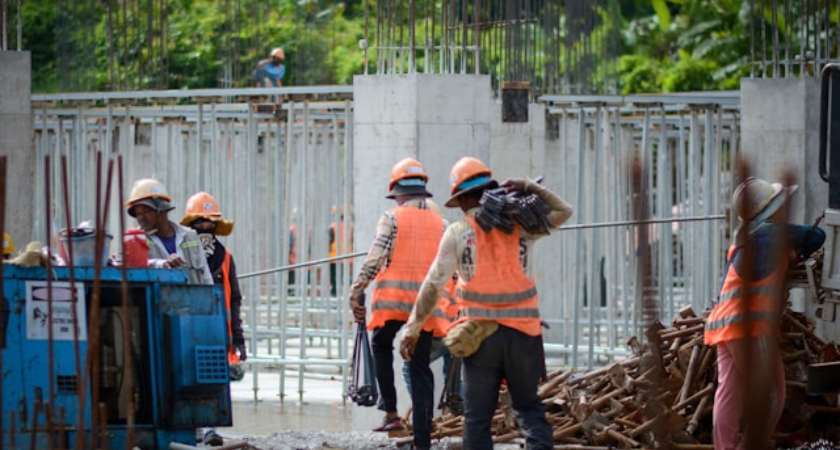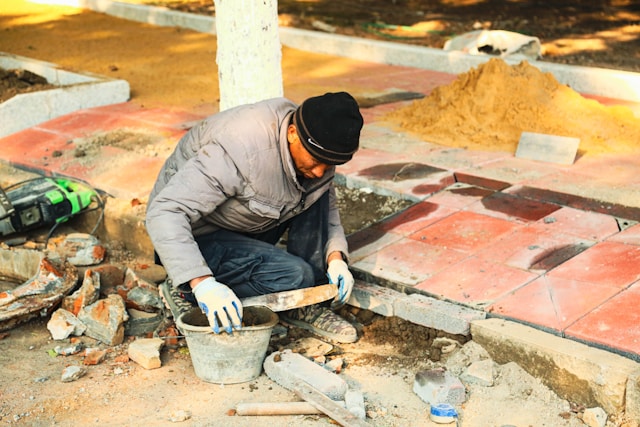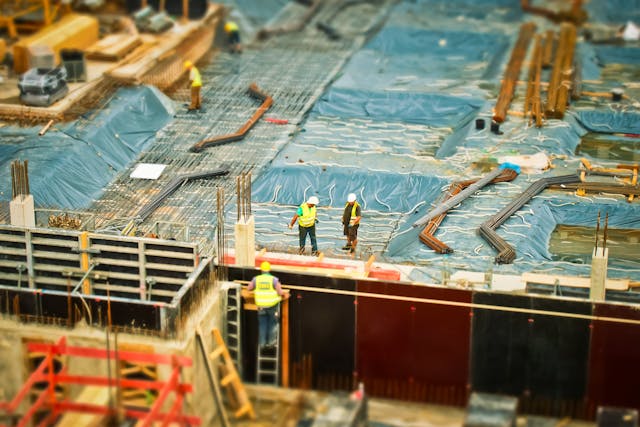
California’s multi-year effort to remake its housing landscape—through legislation, administrative pressure, and a growing YIMBY political movement—has not yet delivered the construction boom elected officials promised. That reality is putting renewed scrutiny on the state’s strategy, even as advocates celebrate another round of legislative wins.

California YIMBY, founded eight years ago to push back against entrenched NIMBY opposition, recently hosted a victory celebration in San Francisco. The organization has long advocated for speeding up housing development and dismantling local land-use barriers.
“Welcome to the most victorious of California YIMBY’s victory parties,” CEO Brian Hanlon told the crowd, highlighting a year that saw two major reforms finally passed by the Legislature.
The first, Assembly Bill 130, creates exemptions from the California Environmental Quality Act (CEQA) for many urban housing developments—a policy battle advocates have pursued for years. The second, Senate Bill 79, makes it easier to build high-density housing near major transit hubs in California’s largest cities.
“2025 was a year,” Hanlon said, underscoring the sense of momentum among pro-housing advocates.
The excitement reflects more than just this year’s progress. Since Gov. Gavin Newsom took office, pro-housing legislation has dramatically increased. Newsom entered office with a high-profile pledge to build 3.5 million new homes, a number experts flagged as aspirational at best. But his administration has consistently pushed for laws to streamline construction, punish cities that block development, and expand land identified for housing.
That said, the fundamental issue remains unchanged: construction levels have been stubbornly flat for years.
New housing starts were around 100,000 units per year when Newsom took office in 2019—and they remain at roughly the same level now. Net increases may even be lower after accounting for demolitions and conversions.
The state’s own Housing and Community Development Department acknowledges the gap:
“Not enough housing being built: During the last ten years, housing production averaged fewer than 80,000 new homes each year, and ongoing production continues to fall far below the projected need of 180,000 additional homes annually.”
Federal data aligns with the state’s assessment. U.S. Census Bureau figures show that since Newsom took office, annual housing permits ranged from 120,780 units in 2022 to 101,546 units in 2024. Looking forward, Newsom’s budget projects 100,000 to 104,000 units per year through 2028—far below the number needed to stabilize rents and home prices.
Housing experts point to issues beyond local opposition: high interest rates, construction labor shortages, skyrocketing insurance costs, and the financial struggles of developers in an uncertain market. Even with looser regulations, many projects aren’t financially feasible.
But there is another factor: the state’s data collection methods have long been inconsistent, making it difficult to measure actual progress on both traditional housing and newer forms of infill.

The Census Bureau recently unveiled a new statistical tool aimed at providing a more complete picture of housing growth across the country. Unlike traditional permit-based counts, the tool draws from multiple data sources—most notably the U.S. Postal Service, which maintains a continuously updated address registry.
The system includes:
These forms of housing, often missed in traditional datasets, are increasingly important in California’s efforts to expand supply, especially in high-cost metro areas.
More precise data could help resolve ongoing disputes between the state and local governments over housing quotas and compliance, while also revealing whether existing pro-housing laws are producing incremental gains that haven’t yet appeared in official metrics.
An analysis from the Niskanen Center summarized the stakes:
“The housing crisis has persisted in part because we haven’t been able to measure our progress accurately. With the Census Bureau’s Address Count Listing File data, that excuse is gone. Now the question is whether policymakers will use this powerful new tool to finally build the housing America needs.”
While YIMBY advocates celebrate legislative victories and policymakers ramp up pressure on cities to comply with state housing mandates, the actual number of new homes being built remains essentially unchanged. California’s housing crisis now sits at a crossroads: armed with better data and strong pro-housing laws, the question is whether those tools can finally produce the large-scale construction the state has been demanding for years.
Originally reported by Dan Walters • CalMatters Columnist in Times of San Diego.